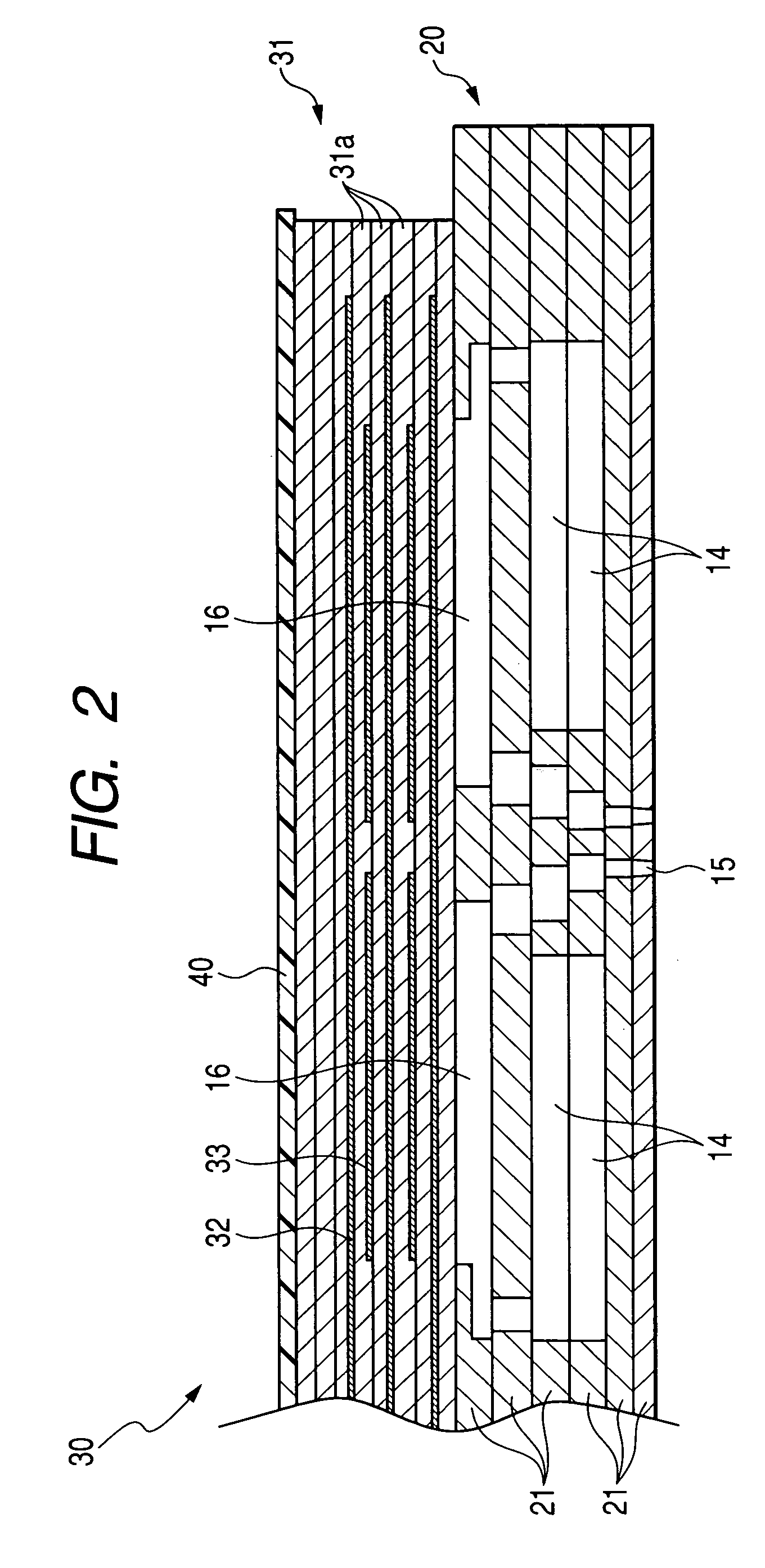Droplet ejection device
a technology of droplet and ejection device, which is applied in the direction of printing, other printing apparatus, etc., can solve the problems of reducing the size of ink droplets, deteriorating recording image quality, and inability to eject ink that ink is hardly ejected, so as to reduce wasteful recovery operation, save liquid consumption and power consumption, and enhance economy
- Summary
- Abstract
- Description
- Claims
- Application Information
AI Technical Summary
Benefits of technology
Problems solved by technology
Method used
Image
Examples
first example
[0042]In the present example, as shown in Table 1, the draft mode, a normal mode, and a photographic mode are provided as recording modes. The draft mode is one for recording image data by sampling every other pixel from the image data in the sheet conveyance direction and by using only droplets having a large volume (hereinafter called “large droplets”) in order to speedily perform recording irrespective of gradation or the like. The normal mode is one for recording all pieces of image data by using the large droplets and droplets which are small in volume than the large droplets (hereinafter called “small droplets”) without sampling the data as in the draft mode. The photographic mode is one for performing recording operation by using large droplets and small droplets which are small in volume than the large droplets and the small droplets used in the normal mode, respectively. In Table 1, symbol “−” designates nonuse of ink, thus no volume of a droplet. Designation “LF” denotes a...
second example
[0053]The second example is identical with the first example in terms of the recording modes and the volumes of droplets used in the respective recording modes. Moreover, the second example is also identical with the first example in terms of the drive pulse signal used for drying prevention driving and the drive pulse signal used for flushing. When a droplet to be first ejected in accordance with record data signal in ink droplet ejection control subsequent to each recovery operation is of small size, drying prevention driving and flushing are performed under conditions provided in Tables 2 and 3. When the droplet is of large size, drying prevention driving and flushing are performed under conditions provided in Tables 4 and 5. Specifically, when the droplets are large, the ink is resistant to drying. Therefore, the number of pulses generated for drying prevention driving is decreased, and the number of droplets ejected for flushing and the size of a droplet used for flushing, are ...
third example
[0058]In the control for drying prevention driving in the first and second examples, the drive pulse signal for the small droplet and the drive pulse signal for the large droplet are set to be the same pulse width of 0.6 AL, and the number of pulses is changed. Instead, as shown in FIG. 7A, a pulse width can be changed with the number of pulses unchanged (the third example is identical with the second example except processing pertaining to steps S11′ and S18′). Specifically, when the droplet is of small size, a pulse width of 0.6 AL shown in FIG. 7B is used (steps S10 and S17). When the droplet is of large size, a pulse width of 0.25 AL shown in FIG. 7C is used (steps S11′ and S18′). Namely, the third example is identical with the first example in that drying prevention driving is performed in the normal mode by generating 300 pulses twice at an interval of 100 sec and in that drying prevention driving is performed in the photographic mode by generating 300 pulses three times at an...
PUM
 Login to View More
Login to View More Abstract
Description
Claims
Application Information
 Login to View More
Login to View More - R&D
- Intellectual Property
- Life Sciences
- Materials
- Tech Scout
- Unparalleled Data Quality
- Higher Quality Content
- 60% Fewer Hallucinations
Browse by: Latest US Patents, China's latest patents, Technical Efficacy Thesaurus, Application Domain, Technology Topic, Popular Technical Reports.
© 2025 PatSnap. All rights reserved.Legal|Privacy policy|Modern Slavery Act Transparency Statement|Sitemap|About US| Contact US: help@patsnap.com



